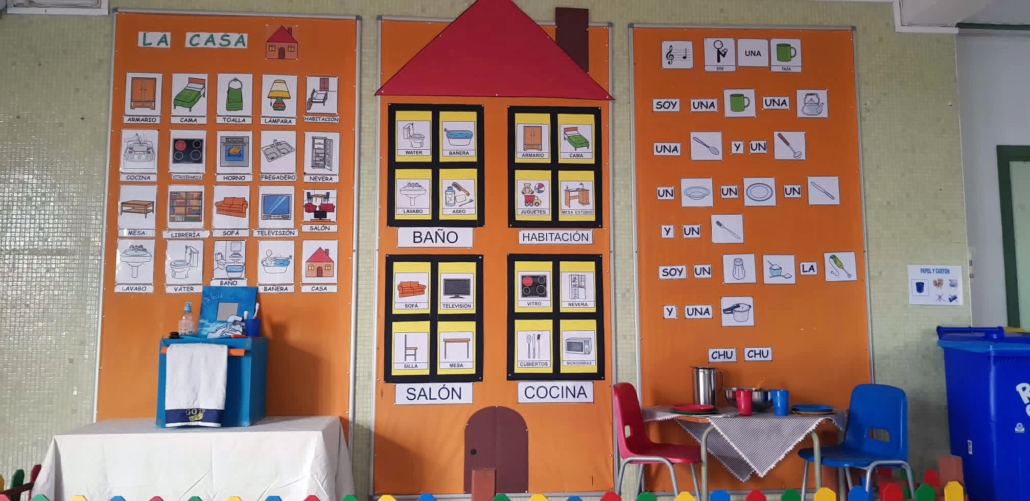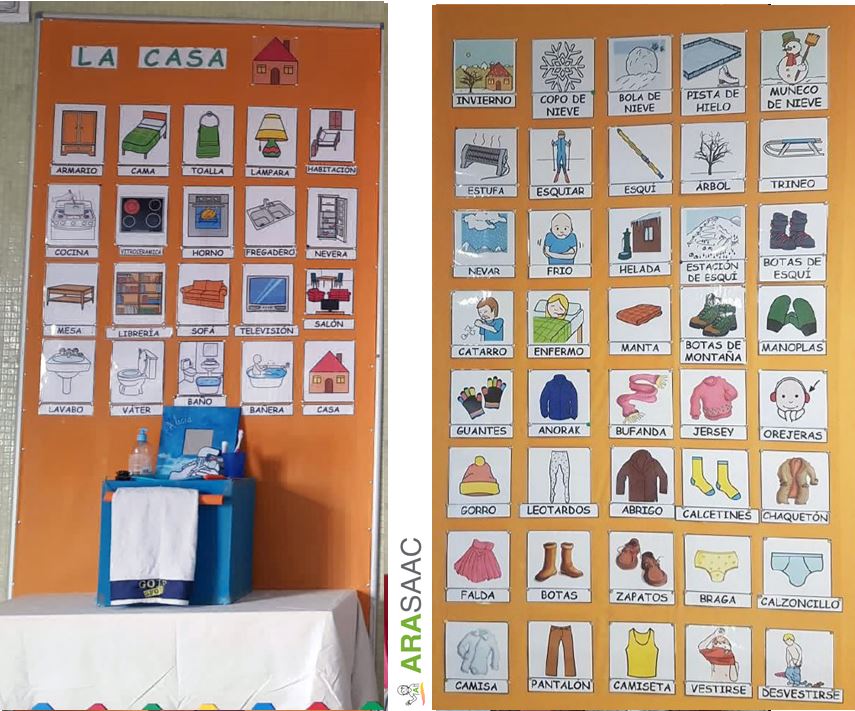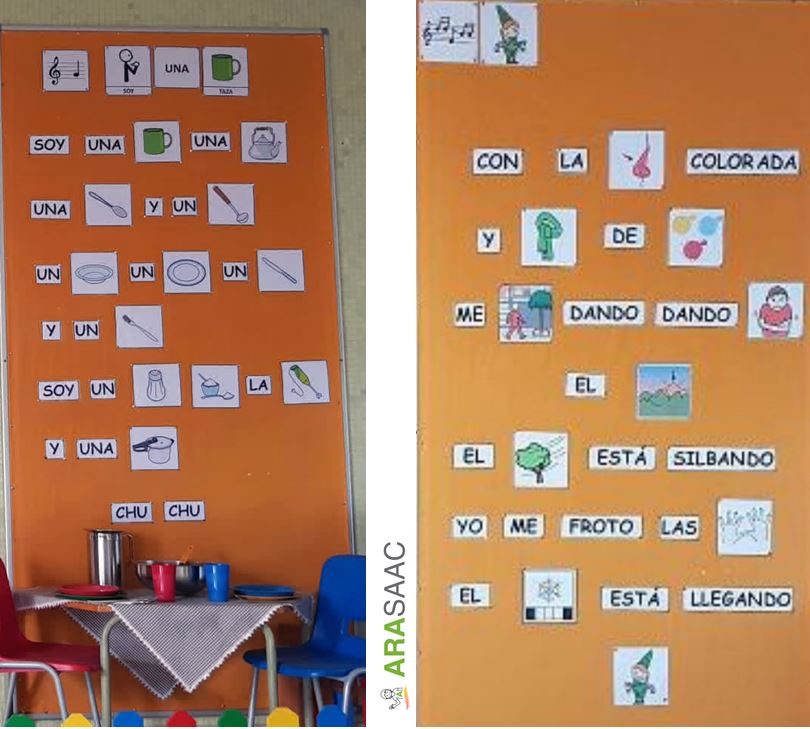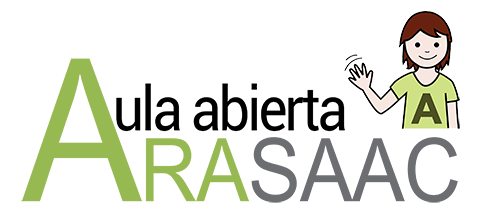 This work is licensed under a Creative Commons Attribution-NonCoercial-ShareAlike 4.0 International license.
This work is licensed under a Creative Commons Attribution-NonCoercial-ShareAlike 4.0 International license.
Authors: CPEE Latores de Oviedo and ARASAAC
Pictographic systems for augmentative and alternative communication (AAC),as Carmen Basil indicates in “What is AAC? – ARASAAC “, “are only a means or a necessary condition for the person with a speech disability to communicate, develop their abilities and participate in the world around them,but they are never sufficient. What is really important is the process of education, habilitation and advice that must accompany them “.
Carmen Basil continues, pointing out that “habilitation and teaching must be directed both to the person and to his environment“.
Therefore, starting from these premises, this teaching must be carried out in educational environments and in natural environments,guaranteeing that the person will be immersed in a good language environment,surrounded by sensitive interlocutors and involved in enriching activities.
A great example of this is the work of adaptation of the didactic units carried out and shared by our colleagues of the CPEE Latores of Oviedo (Spain).
We show you two examples of the adaptations of the didactic units, with real objects and pictograms of ARASAAC on clothes and the house.

When the students enter the center, they find three large panels located in the lobby, an area visible and very frequented by all of them.
In these panels, all the elements (real objects, pictograms, writing, etc.) related to the didactic unit that is being worked on at that moment in their classrooms are introduced and distributed.
Each unit is introduced with a change in the information contained in the panels, so that it becomes a motivating element in addition to serving for the introduction of the contents of the unit and its contextualization,

In the center panel, some content of the unit is represented in a concrete and interactive way.

In the left panel are placed the pictograms of the basic vocabulary of the unit (nouns and actions) accompanied by the word written in capital letters, which favors the global reading.

Finally, the panel on the right collects through pictograms and words a song also related to the unit and that is worked during it, in many of the groups of the school.

As you can imagine, the work continues in the classroom with activities adapted to the learning style and ability of each of the students.
Finally, collaboration with families is essential to continue this work at home, since it is the natural environment where learning takes shape.










